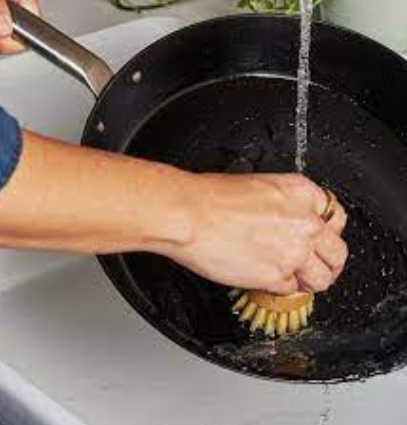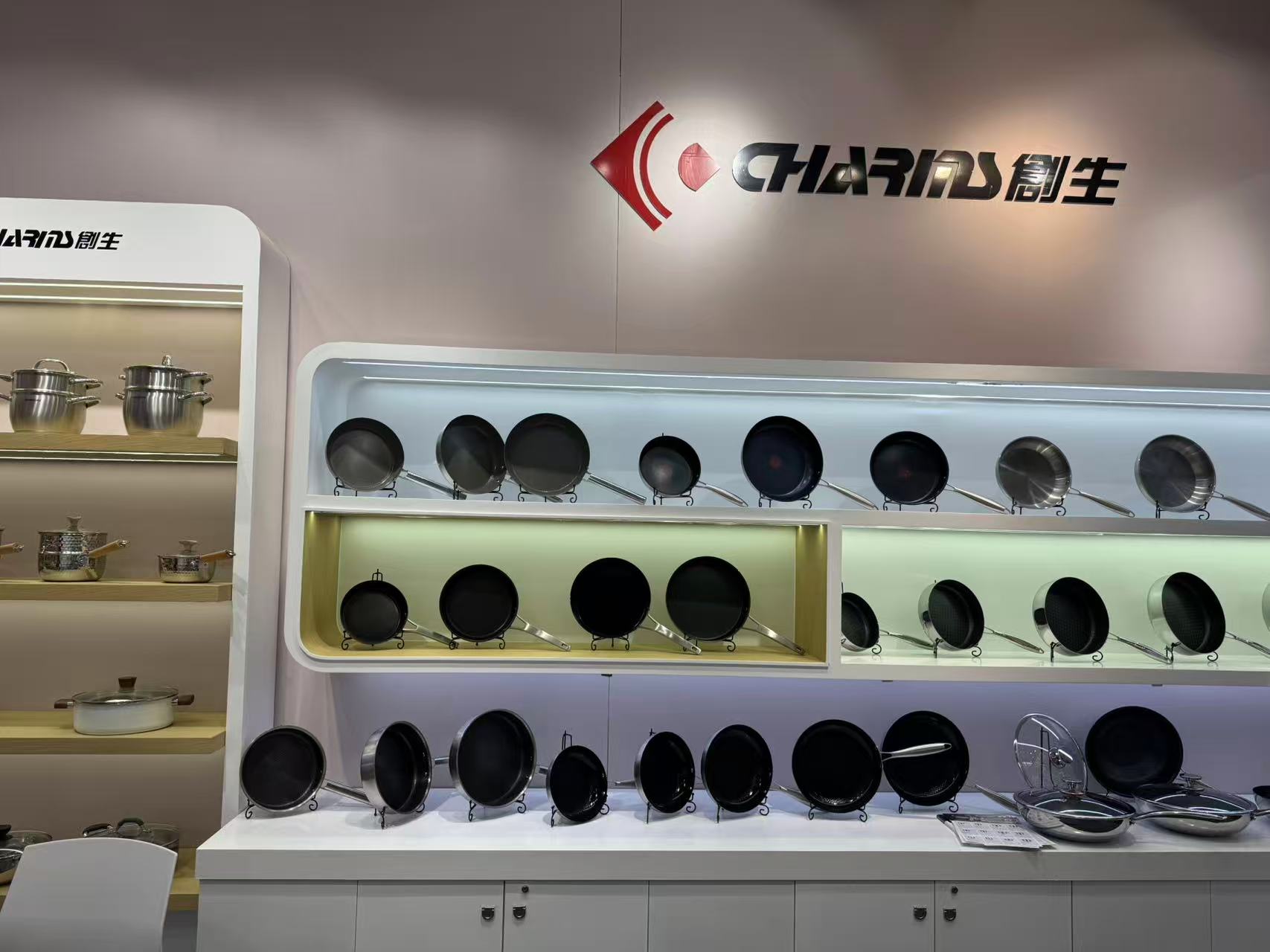1、Difference Between 304 and 316 Stainless Steel
What’s the difference between 316 and 304 stainless steel? To answer this question, we need to start with their key properties, so you can understand their distinctive nature, costs, and impact on their applications.
1.1 304 vs 316 Stainless steel – Alloy Composition
304 and 316 stainless steel both belong to the iron – based non-magnetic austenitic stainless-steel category. The main difference between them lies in their alloy composition. 304 contains 17.5–20.0% chromium, over 8.0% nickel, and no molybdenum. 316 contains 16.0–18.5% chromium, over 10.0% nickel, and approximately 2% molybdenum.
1.2 304 vs 316 Stainless Steel Corrosion Resistance
The alloy compositions of 304 and 316 stainless steel lead to differences in their corrosion resistance. 304 stainless steel can resist most acids (such as food acids and cleaning agents), but it is sensitive to strong chlorides (such as sea fog, swimming pool and bleach). 316 stainless steel contains an additional 2% molybdenum, has stronger corrosion resistance to chlorides, making it more suitable for marine equipment applications. 304:PREN ≈ 18, 316:PREN ≈ 24(marine-grade)
1.3 304 vs 316 Stainless Steel Food Safety
Both 304 and 316 stainless steel meet regulations for food contact (such as FDA 21 CFR, EC No 1935/2004, ISO 22000, etc.). They have excellent corrosion resistance and chemical stability. The chromium oxide layer and the smooth polished surface make them easy to clean, both are non-toxic and antibacterial food grade stainless steel.
1.4 304 vs 316 Stainless Steel Heat Resistance
304 stainless steel can withstand about 870°C (1600°F). The general household or food processing degree is much lower than this. So, 304 stainless steel can handle commercial stoves, ovens, and other equipment that operates at high temperatures continuously, while still providing sufficient safety margins. The heat resistance range of 316 stainless steel is similar to that of 304, but its molybdenum content allows it to resist chloride corrosion at high temperatures.
1.5 304 vs 316 Stainless Steel Cost
316 costs more than 304. This is because it contains higher levels of nickel and molybdenum; Both are expensive raw materials. Plus, 316 stainless steel is more complex in manufacturing, so it costs about 30-40% more than 304.
1.6 304 vs 316 Stainless Steel Applications
304 stainless steel is more affordable, easier to process, and widely used in industrial and kitchen equipment. Normally, kitchen sinks, cookware, boilers, and valves are made of 304 stainless steel. 316 stainless steel may also be used in kitchen and industrial equipment. In addition, it is more corrosion resistant in chemical and marine environments.
- 304 vs 316 Stainless Steel Mechanical Properties
- Tensile strength: 304 is 505–620 MPa, 316 is 515–690 MPa.
- Hardness (HV): 304 ranges 150–200, 316 ranges 180–220; 316 is slightly harder due to molybdenum.
- Elastic modulus: Both 193–200 GPa; 304 is more flexible.
The 7 -point analysis of 316 vs. 304 stainless steel is summarized in the table below.
316 vs 304 Stainless Steel Analysis Table
|
Item |
304 Stainless Steel |
316 Stainless Steel |
Notes |
|
Alloy Composition |
17.5–20.0% Chromium, >8.0% Nickel, no Molybdenum |
16.0–18.5% Chromium, >10.0% Nickel, ~2% Molybdenum |
316 contains Mo, enhancing corrosion resistance. |
|
Corrosion Resistance |
Resistant to most acids; sensitive to strong chlorides |
Contains Mo; stronger chloride resistance; suitable for marine use |
PREN ≈ 18 (304), PREN ≈ 24 (316) |
|
Food Safety |
Complies with FDA, EC, ISO food contact standards |
Same as 304 |
Both are non-toxic, antibacterial food-grade steel. |
|
Heat Resistance |
Up to ~870°C; suitable for commercial ovens, boilers |
Similar range; Mo improves high-temp chloride corrosion resistance |
316 better for high-temp corrosive & chemical environments |
|
Cost |
Lower cost |
About 30%-40% more expensive |
316 costlier due to higher Ni and Mo content & complexity |
|
Applications |
Industrial and kitchen equipment (sinks, utensils, heat exchangers) |
Same as 304 plus chemical and marine outdoor equipment |
316 better for harsh corrosion environments |
|
Mechanical Properties |
Tensile Strength (MPa): 505–620, Vickers Hardness (HV): 150–200, Elastic Modulus (GPa): 193–200. |
Tensile Strength (MPa): 515–690, Vickers Hardness (HV): 180–220, Elastic Modulus (GPa): 193–200. |
316 can achieve higher tensile strength, is slightly harder, and 304 is more flexible. |
2、How do I choose between 304 and 316 stainless steel?
Which Materials to Choose Based on Your Application Requirements and Cost. For general indoor or food-related environments, 304 is sufficient. 316 is more expensive, and it is ordinary in these environments. Only if it is used in marine equipment, or in chemical containers, is it recommended to use 316.
Applications:
- 304: cookware, appliances, machine parts, food industries (dairy products, brewing, etc.)
- 316: marine facilities, chemical equipment, medical devices and extreme corrosive environments.
3、Which is better 304 or 316 stainless steel?
This is a common myth around stainless steel. A lot of people think 316 is always better than 304. But really, if the environment isn’t corrosive, 304 is good enough and way more cost-effective. In the food processing industry, 304 stainless steel is the go-to for equipment.
304 stainless steel offers both durability and beauty (satin finish covers water stains, fingerprints, and small scratches). Charm cookware offers high-quality stainless steel cookware.
4、304 Stainless Steel Cookware: The Market Dominant Material
304 and 316 stainless steel are the most commonly used food-grade materials. Although their compositions are similar, there is a significant gap in their market share. 304 stainless steel accounts for approximately 70% to 85% of the entire stainless steel cookware market, making it the mainstream material in the cookware industry. This is due to its lower cost and great performance. 316 stainless steel holds a rather small share – less than 10%, due to its high cost. The remaining are made up of other grades or special alloys.
5、How do I know if a stainless steel cookware manufacturer is reliable?
Factory Capabilities:
- Advanced Equipment and Well-Established Production Lines
- Experienced Technical Team and Skilled Workers
- Can Undertake Large-scale OEM/ODM Projects
Proper Certifications:
- Standard food grade certification (FDA, LFGB, CE, SGS)
- Meets international safety and quality standards
Quality control:
- IQC – Incoming Quality Control
- IPQC – In-Process Quality Control
- FQC – Final Quality Control
- QA – Quality Assurance
6、Future Trends in Stainless Steel
With the growing demand for food safety, the application of stainless steel continues to expand. Technology innovation has driven stainless steel manufacturing toward more sustainable processes. At the same time, alternative materials such as aluminum and carbon steel have brought challenges, prompting the industry to produce more affordable and higher-quality products.
7、Stainless Steel (304/316) vs Other Materials in Cookware
- Stainless Steel Cookware vs Cast Iron
Cast iron is excellent at retaining heat, great for slow cooking and searing, especially when searing first and then roasting, but it is heavy and must be maintained every time after use to prevent rusting. Stainless steel can be heated and cooled more quickly, is lighter, easier to maintain, and more resistant to acidic foods.
- Cookware Stainless Steel vs Ceramic
Ceramic has a smooth surface and offers rich colors, but it is more likely to chip. Stainless steel offers greater safety and durability.
- Stainless Steel Cookware vs Nonstick vs Ceramic
Non-stick pans perform well in low-oil cooking, but they are not very durable and are not suitable for foods with bones (the non-stick coating can be scratched by bones). The industry is currently searching for more wear-resistant non-stick coatings. Ceramic cookware also uses non-stick coatings, which, like non-stick pans, become toxic when scratched and cannot be used anymore. Stainless steel pans are excellent because they do not require coatings, are completely healthy, and are suitable for most foods.
- Which is better cookware stainless steel or aluminum?
The greatest advantage of aluminum products is that they are lightweight and conduct heat quickly, but they are not suitable for acidic foods, are not wear-resistant, and cannot be put in the dishwasher. Stainless steel, on the other hand, is more durable, corrosion-resistant, making it suitable for long-term use.
Conclusion on 316 vs 304 Stainless Steel
They are both safe and durable food -contact materials. The choice should be based on your budget and the usage environment of the product (if there are chemical exposure, chloride levels, hygiene requirements, budget). I hope this article can give you a comprehensive understanding and help you save unnecessary costs on stainless steel cookware.
FAQ
-
Is 304 stainless steel safe for cooking?
Yes, of course. 304 stainless steel is good for cooking.
-
Is 304 or 316 better for cooking?
Both are suitable, and 304 is sufficient for ordinary users.
-
Are stainless steel pans the safest?
Absolutely, you won’t find a safer material than stainless steel.
-
How to tell the difference between 304 and 316 stainless?
- Specialized stainless steel corrosion test agents (chemical reagents), available at hardware stores or online. After application, they can indicate whether the material contains molybdenum (316 contains molybdenum, while 304 does not). 2. An X-ray fluorescence spectrometer (XRF) can quickly and accurately detect alloy composition.
-
What are the disadvantages of 304 stainless steel?
Compared to grades like 316, it has weaker resistance to chloride corrosion. Exposures to sea fog or bleach may lead to pitting and crevice corrosion. Therefore, for chemical or marine applications, choose 316 stainless steel.
-
What are the disadvantages of 316 stainless steel?
Well, it is quite expensive. But other than that, it is a great material.
-
Is 316 stainless steel necessary for food contact?
In applications where 304 is sufficient, 316 offers poor cost-effectiveness. For buyers who do not require exceptionally high corrosion resistance, the additional cost may not be worthwhile.










